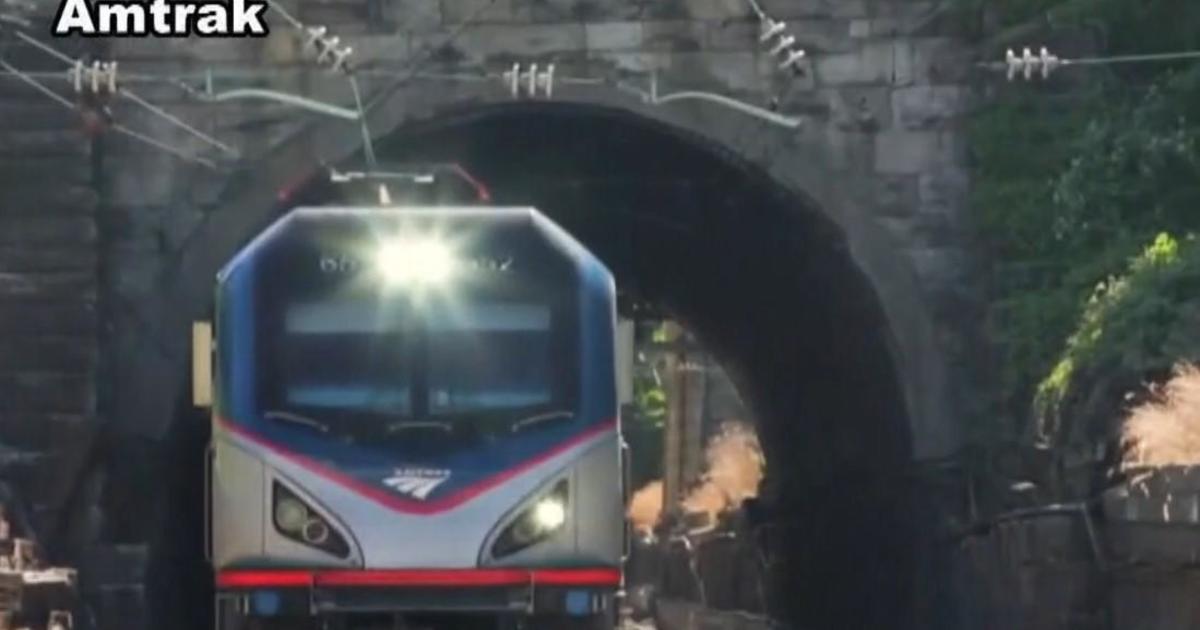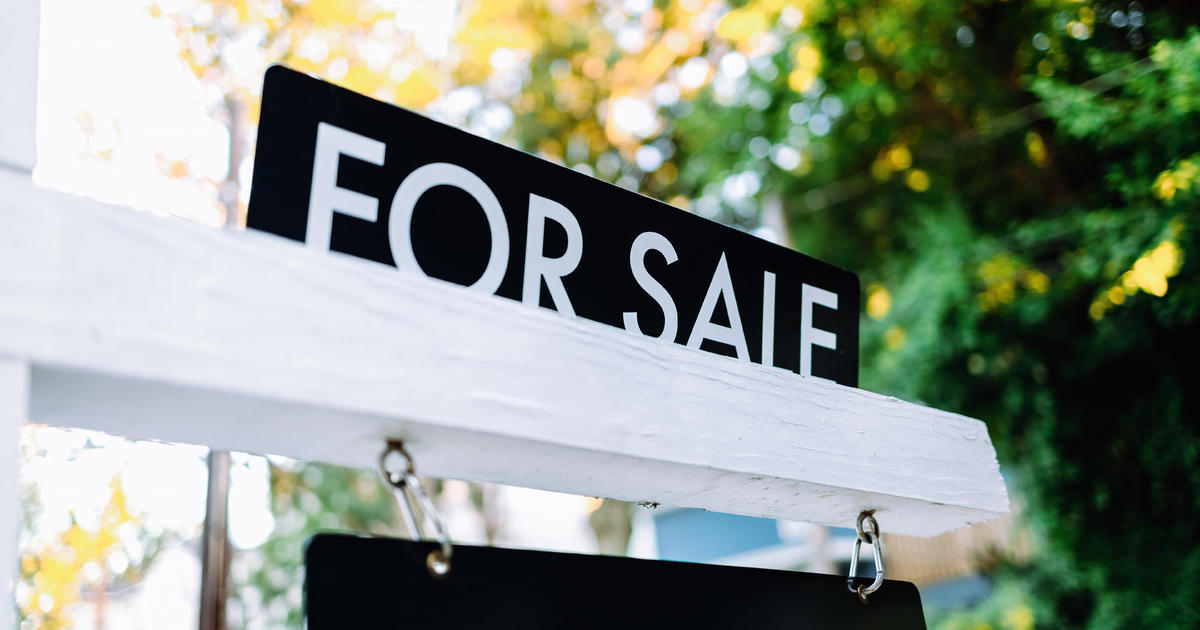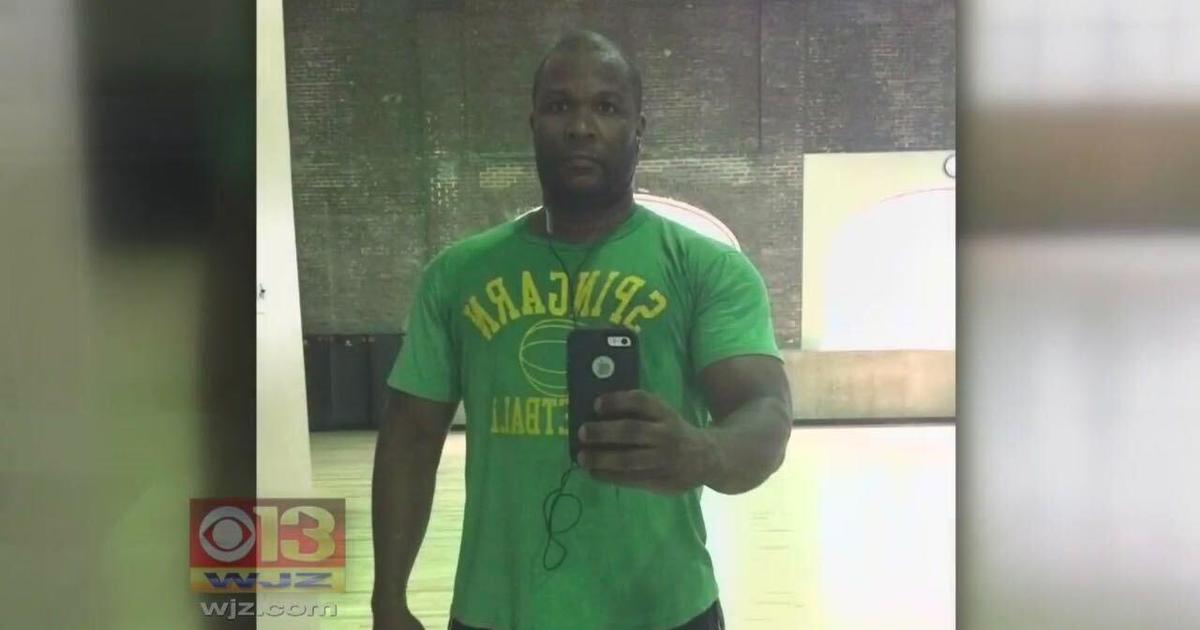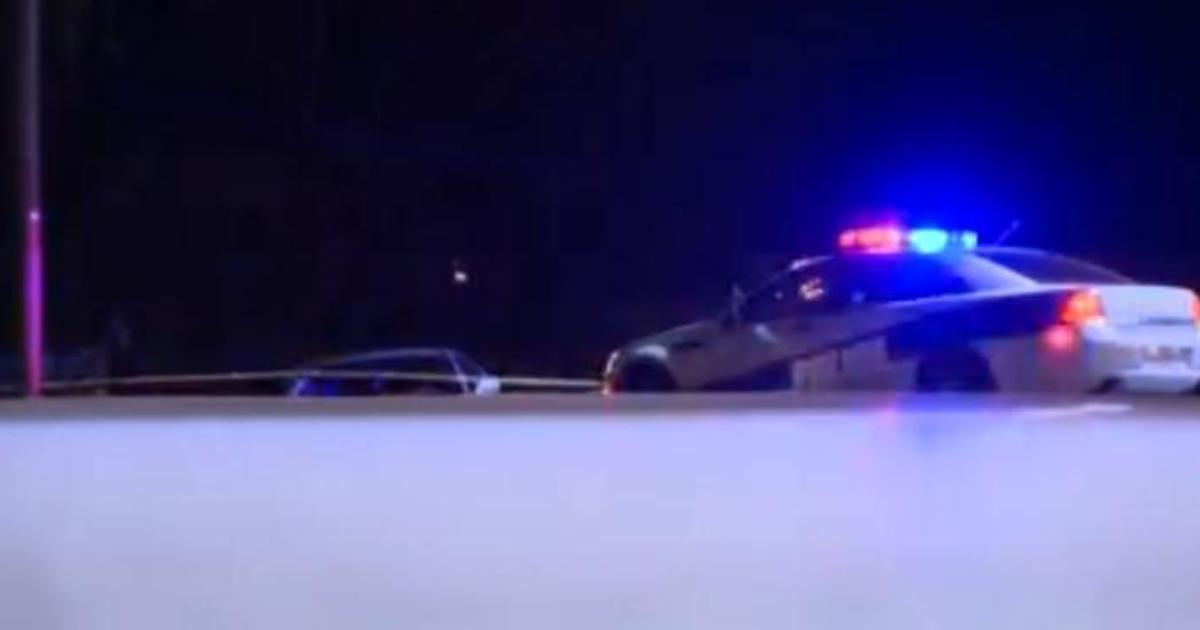Baltimore Schools Prep For Massive Renovations
BALTIMORE (AP) -- Baltimore public schools are on the verge of a system-wide makeover that officials hope will provide safer learning conditions for students and spark an era of academic achievement.
About $1 billion in new funding is expected to transform some of Baltimore's most run-down schools -- where students and staff endure leaky pipes, undrinkable water and inadequate heating and air conditioning -- into state-of-the-art learning sites with science and computer labs.
Recent data has shown a small but positive relationship between the quality of a public school's building and its academic outcomes. School districts across the country, including Los Angeles and New Haven, Conn., saw gains in student performance when they improved outdated or dilapidated schools.
Baltimore's teachers and families are hoping for a similar result.
Despite gains in graduation rates and declines in suspension and dropout rates over the past few years, Baltimore schools struggle to meet state and national standards. Data collected from states by the National Center for Education Statistics show about 78 percent of students across the country earned a diploma within four years of starting high school. That compared with 83 percent of students in Maryland, but just 66 percent in Baltimore.
It must be done for a purpose that goes beyond just improving the buildings, said Baltimore Schools CEO Andres Alonso, who is retiring in June. "Otherwise, we are going to build shiny new buildings and five years from now, say it didn't work."
Baltimore schools, home to 85,000 students and 6,000 teachers, have no shortage of challenges. Eighty-five percent of students receive meals at school for free or for a reduced cost. Ten thousand students are in foster care, and 2,000 are homeless.
Many consider the schools construction project the crowning accomplishment of the retiring CEO's tenure. He pushed for legislation that the Maryland General Assembly passed earlier this year to enable the city of Baltimore to issue bonds to build about 15 schools and repair the crumbling infrastructure of about 40 others over the next 10 years.
Democratic Gov. Martin O'Malley is expected to sign the measure this week.
The bonds will be made possible by funding from the state, the city and the school system. Each will contribute $20 million a year to help pay back $1 billion in bonds over the next 30 years. The Maryland Stadium Authority, known for overseeing multimillion dollar projects such as the Baltimore Orioles baseball stadium at Camden Yards, will oversee the financing and construction.
John Eager Howard Elementary School in the Reservoir Hill community is expected to be among the first schools approved for renovations and possibly a new building. For principal Tamara Hanson, her staff and nearly 255 students, the changes cannot come soon enough.
"We have an infestation of mice," Hanson said. "Imagine a teacher trying to teach a lesson and a mouse scurries across the room. That causes confusion in the classroom, and instruction time is missed."
Vermin are at the top of a long list of Hanson's concerns. She also wants adequate classroom space, campus-wide wireless Internet, plumbing to replace leaky pipes and a driveway that would allow students to safely board school buses.
Other large, urban school districts have implemented massive infrastructure projects that resulted in improvements in academic performance.
In the late 1990s, New Haven began an effort to rebuild every public school in the district at a projected cost of approximately $1.4 billion. By 2010, 37 of the 42 school buildings had been rebuilt from scratch or completely renovated.
Researchers from Yale University found evidence that school construction produced sustained gains in home prices, neighborhood school enrollment and reading test scores. Six years after students moved into new or renovated schools -- a $10,000 of per-student investment in school construction -- reading scores were up for elementary and middle school students by 0.15 standard deviations.
In Los Angeles, voters backed a series of local and state ballot initiatives in the early 2000s to address school crowding. They yielded about $19 billion in bond revenues to finance a massive construction program. Nearly 130 sites, including early learning centers, future high schools and scores of renovation projects, were involved.
Researchers from the independent, non-partisan Policy Analysis for California Education found significant achievement gains for elementary school students who switched from an old building to a new building. On average, students who moved into new schools outpaced the average Los Angeles public school student by a gain equal to about 35 additional days of instruction each year.
Experts say that higher rates of student attendance and, in some cases, teacher retention make sense when dilapidated schools are revitalized.
"Students and teachers don't really want to be in very poor conditions, so they don't show up to school as much. They are not as engaged," said Mary Filardo, executive director of the 21st Century School Fund, a nonprofit organization in Washington that advocates for improving school buildings.
Daisha Wood, a fifth-grade honor roll student at John Eager Howard isn't seeking anything fancy at her school.
"Cleaner bathrooms and lockers that close," is what Wood said she would implement if she could help plan a new school.
School officials say that the benefits of new and renovated facilities extend beyond improved test scores.
"It's about creating a set of conditions that articulate how we value you," Alonso said. "That message gets internalized in communities and in kids."
(Copyright 2013 by The Associated Press. All Rights Reserved.)



